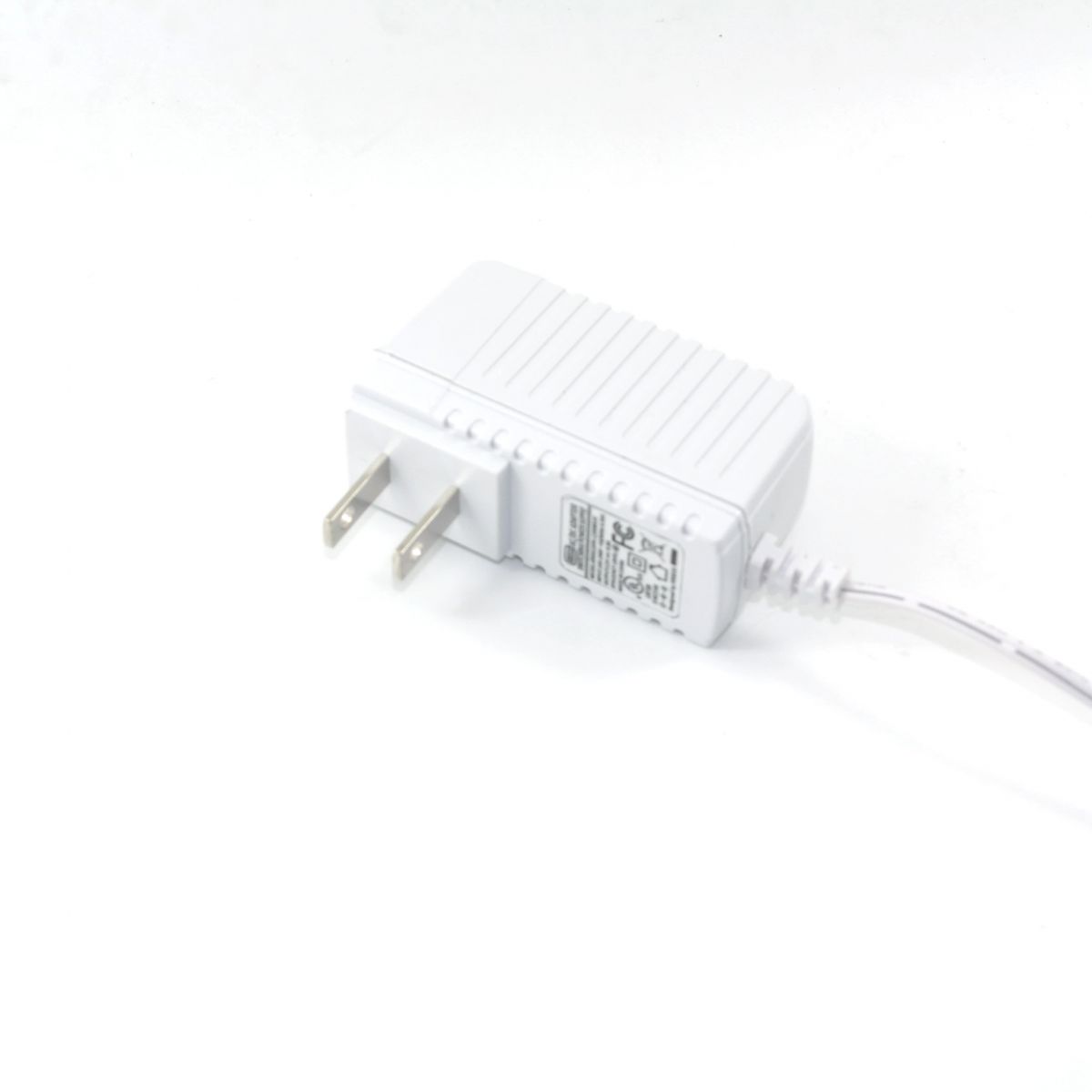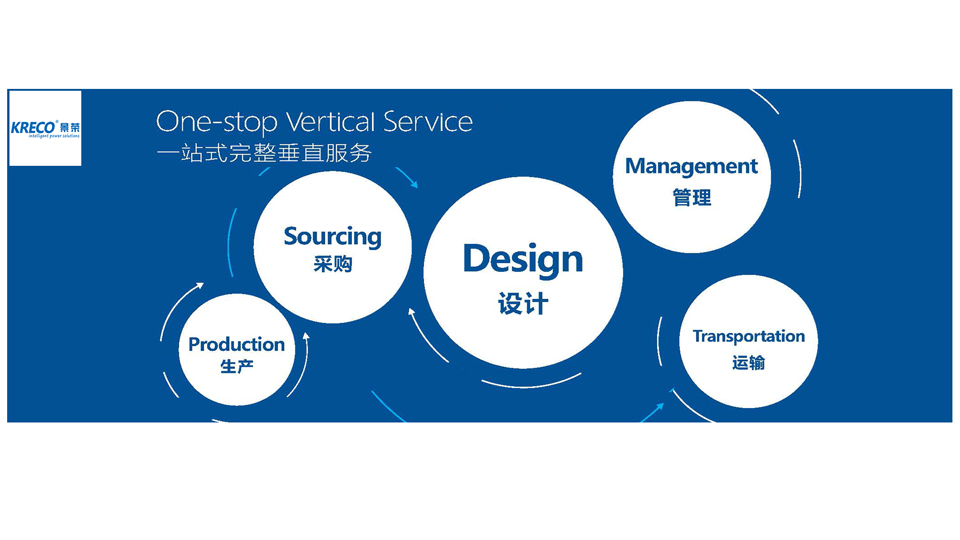(1) According to the technology, the connection mode of the switch tube, and the power supply technology, the switch power supply can be divided into tandem switch power supply and parallel switch power supply. The switch tube of the series switch power supply is connected in series between the input voltage and the output load, and belongs to the pressure-reducing voltage stabilizing circuit; The switch tube of the parallel switch power supply is connected in parallel between the input voltage and the output load. It is similar to a booster voltage control circuit such as a redundant power supply.
(2) According to the excitation method, the switch power supply can be divided into self-excited and other-excited. In the self-excited switch power supply, the switch tube and transformer technology '& GT; The high frequency Transformer forms a positive feedback loop to complete the self-excited oscillation, similar to a intermittent oscillator; The switch switch power supply must be equipped with an oscillator. The switch pulse generated by the oscillator is added to the switch Guanshang, and the switch tube is turned on and off so that the switch circuit works and there is a DC voltage output.
(3) According to the modulation method, switching power supplies such as server power supplies can be divided into pulse width modulation(PWM) mode and pulse frequency modulation(PFM) mode. PWM is a way to control the output voltage stability by changing the switching pulse width, and PFM is to control the switch pulse period(ie, frequency) by amplifying the error value through sampling comparison when the output voltage changes, so that the output voltage is stable.
(4) According to the size of the output DC value, the switching power supply can be divided into high-voltage switching power supply and pressure-relief switching power supply, and it can also be divided into high-voltage switching technology '& GT; High voltage switch power supply and low voltage switch power supply.
(5) According to the output waveform, the switch power supply can be divided into rectangular wave and sine wave circuits.
(6) According to the output performance, the switch power supply can be divided into constant voltage constant frequency and variable voltage frequency conversion circuit.
(7) According to the number of switching tubes and the connection method, the switching power supply can be divided into single-terminal, Push-Pull, half-bridge, and full-bridge. The single-terminal type uses only one switch tube, the Push-Pull type and the half-bridge type use two switch tubes, and the full-bridge type uses four switch tubes.
(8) Switching power supply can be divided into positive excitation type and reverse excitation type according to the energy transmission mode.
(9) According to the soft switch method, the switching power supply has current resonance type, voltage resonance type, category E and quasi-E resonance type and partial resonance type.

First, pulse width adjustment
Referred to as PWM, pulse width modulation. The characteristic switch period is constant value, and the air occupancy ratio is changed by adjusting the pulse width to achieve the purpose of stabilizing pressure. Its core type PWM controller. The pulse width adjustment switch power supply is the most common application, its occupancy ratio adjustment range is large, PWM can also be synchronized with the clock of the main system.
Second, Pulse frequency modulation.
Referred to as PFM, Pulse frequency modulation. Its characteristic is that the pulse width is constant, and the vacancy ratio is changed by adjusting the switch frequency to achieve the purpose of stabilizing pressure. Its core is the PFM controller. The pulse frequency switch power supply is especially suitable for portable devices. It can reduce the static current of the control chip under the condition of low vacancy ratio and low frequency.
Third, Pulse density adjustment system.
Referred to as PDM, IE pulse density modulation. Its characteristic is that the pulse width is a constant value, and the purpose of stabilizing pressure is achieved by adjusting the number of pulses. It adopts zero-voltage technology, which can significantly reduce the loss of power switch tubes.
Fourth, mixed tone system
It is a combination of the first and second ways. The switch period and pulse width are not fixed and can be adjusted. It contains a PWM controller and a PFM controller.
The above four working methods are collectively referred to as the "Time Ratio Control"(TRC) method, of which the PWM controller is the most widely used. It should be pointed out that the PWM controller can be used as an independent integrated circuit, or it can be integrated into a switch regulator or a single-chip switch power supply. Among them, the switch regulator belongs to the DC/DC converter, and the switch power supply is generally an AC/DC converter.
Win
2019-04-15
Disclaimer: This article comes from individual, KRECO has the right of final interpretation.


















.jpg)
